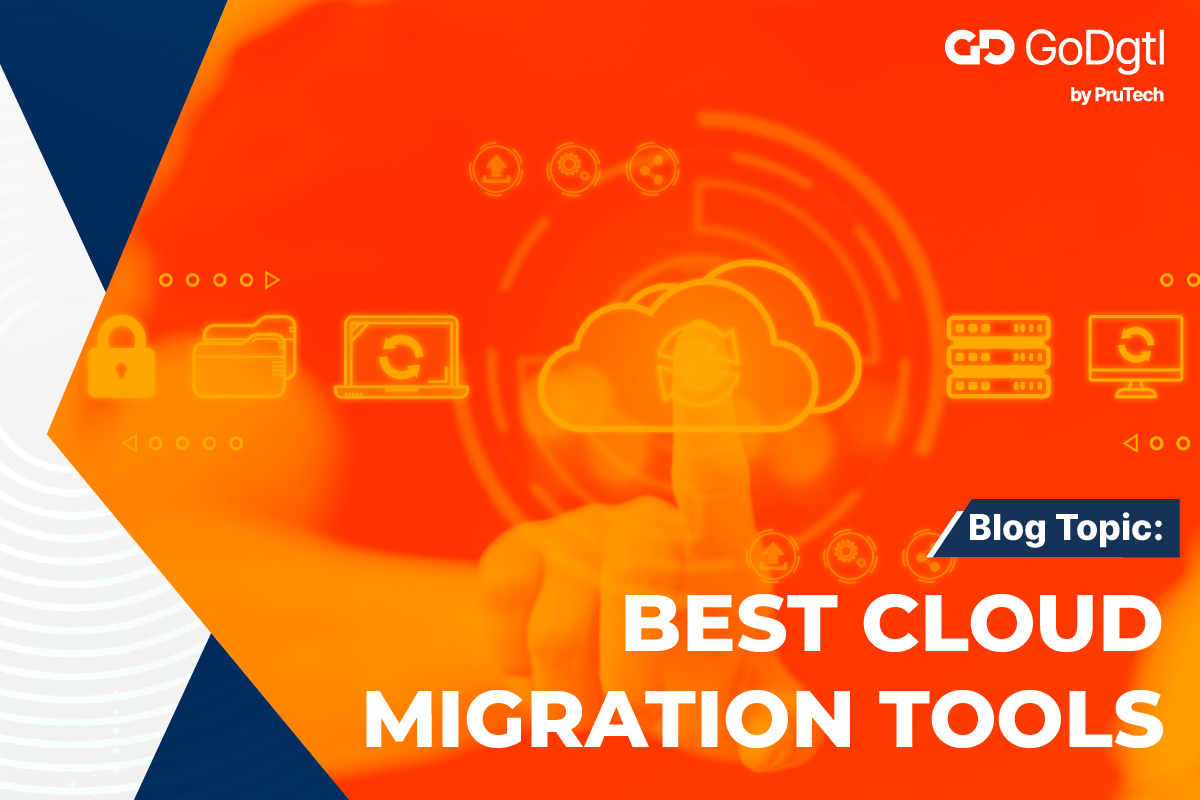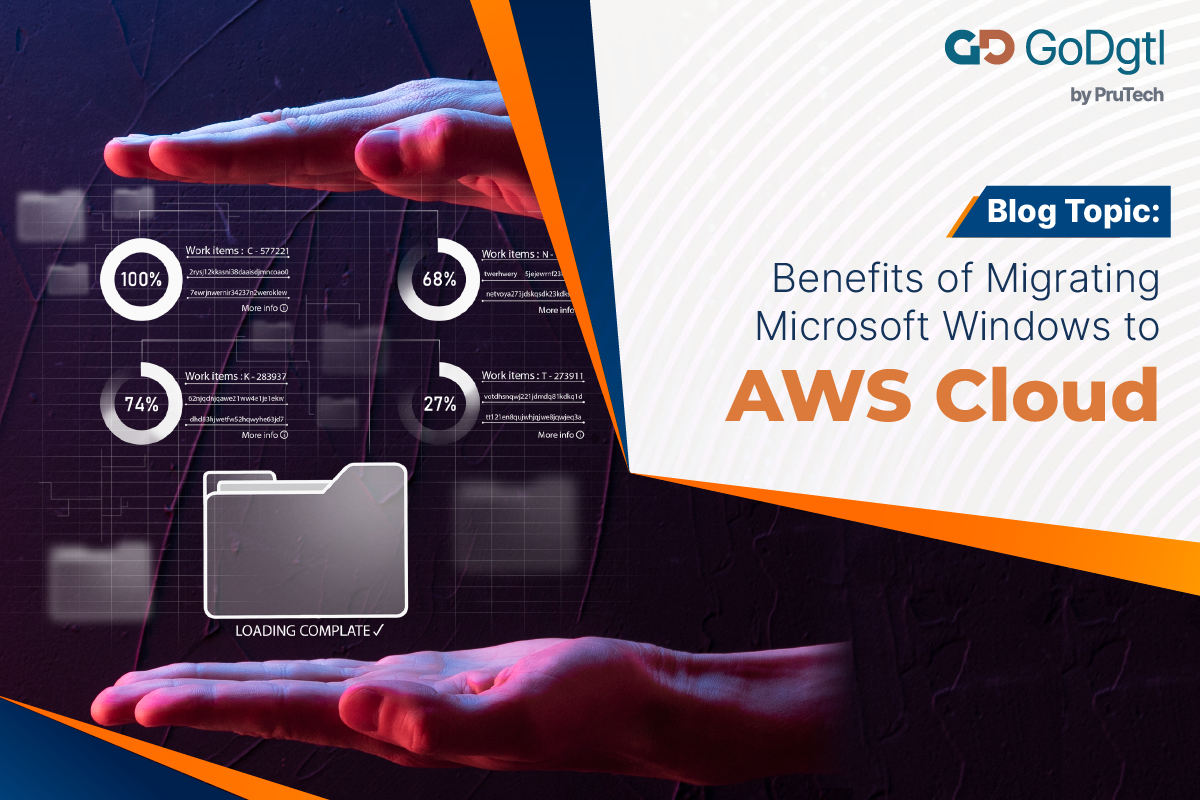With the increase in the demand for cloud technologies, more and more organizations are realizing the benefits of moving their data and applications to the cloud. To achieve high availability and scalability, organizations are adopting remote working environments and digital transformation through cloud migration. Cloud migration has many benefits including improved scalability, flexibility, availability, and security. It reduces the operational costs and offers better business agility allowing them to stay ahead of the competition.
Types of cloud migration
The cloud migration strategy is implemented through various processes depending upon the specific need of the user. Each has its own advantages and considerations.
The commonly implemented cloud strategies include:
Lift and Shift (Rehosting): Organizations often maintain on-premises infrastructure leading to increased operational burden, complex management issues, scalability challenges, and increased budget. To overcome this IT organizations choose Lift and Shift system of cloud migration that helps move the infrastructure to the cloud with as few changes as possible. The migration process is quick and reliable with minimum changes made to the application code.
Re-platforming: Re-platforming involves migrating the application workloads to the cloud and optimize for enhanced performance, reducing operational costs, or leverage cloud specific capabilities.
Refactoring: This cloud migration strategy involves rebuilding or redesigning the application to take full advantage of cloud migration services. Microservices and serverless computing features are used to achieve scalability, add new features, or enhance application performance through this cloud strategy.
Need to choose the right migration tool
Choosing the right cloud migration tool that suits specific business needs is crucial for a smooth and successful digital transition.
- Cloud migration tools help migrate data, applications, and infrastructure from on-premises to the cloud.
- The right cloud migration tool helps overcome common migration challenges such as data loss, application downtime, and security breaches.
- The right migration tool optimizes migration processes, reduces costs, and enhances productivity for businesses.
Factors to consider while choosing the right migration tool
Choosing the right migration tool depends on the specific needs of the organization. There are various factors to be considered while choosing the right migration tool.
- Migration strategy
- Application compatibility
- Scalability and performance
- Data migration capability
- Automation and orchestration
- Security and compliance
- Monitoring and reporting
- Reliable vendor
- Cost considerations
- Integration with cloud providers
- Easy to integrate and use
Best Cloud Migration Tools:
There are many cloud migration tools available in the market, and the best one for you will depend on your specific needs and requirements. Here are some popular cloud migration tools you can consider for starting your cloud journey.
AWS migration hub: AWS migration services are the leading migration tools for applications that rely on the database. They offer a secure environment for cloud migration and minimize downtime. This tool is designed to simplify the migration process to Amazon Web Services (AWS) and provide a central location for tracking the status of multiple migrations.
Azure migration tools: Azure migration tools automate the migration of VMs and bulk data migration. Azure supports both cloud-to-cloud migration and migration from virtual machines and physical servers. A central hub is created by the migration tool for teams to execute and track the migration process.
Google cloud migration tools: The cloud migration tool allows organizations to move data in stages, while the management tool controls the various components and orchestrates the migration.
Carbonite migration: This migration tool reduces the risk of data migration by creating a repeatable process for data migration. Teams can ensure through this tool that their workloads are running on the right platform.
Cornet SurPaaS: The Cornet SurPaaS migration tool is helpful for enterprises looking for a Software as a Service migration process. It packages the applications as a SaaS solution and allows users to optimize their operations by balancing workloads and enables the quick transformation of on-premises applications into SaaS applications.
Cloudscape: The Cloudscape migration tool helps enterprises to understand the business data scattered across clouds and gives insights of how to move applications into the cloud.
AppDynamics: AppDynamics migration tool helps as a monitoring solution that provides real-time monitoring of the applications. It helps in keeping the applications secure and detect any issues for a quick resolution.
ScienceLogic: It is an automated cloud migration platform that provides complete visibility into the migration process. Its user interface helps teams to analyze data with actionable insights to identify and resolve issues quickly.
Case study
Cloud migration allows organizations to enhance performance, provides scalability, and reduces the overall cost of maintaining the infrastructure.
- Golftripz: As an event organizing enterprise Golftripz offers golf holiday experiences to golfers around the world. To deliver world-class services they needed a reliable and stable platform to support its growing customer base. Golftripz implemented the best AWS cloud migration tools that included automatic scaling and predictive scaling enhancing their customer services. Implementing the right set of cloud migration tools helped them to achieve cost-efficiency and enhanced performance.
- Skandhanshi: Skandhanshi Infra Projects Pvt. Ltd. is a real estate company offering services through advanced technology implementation to customers. Skandhanshi successfully migrated their on-premises infrastructure to the cloud by implementing cloud migration tools. They achieved enhanced website performance, regular monitoring, scalability, and a secure environment.
GoDgtl by Prutech, an Advanced AWS partner helped Golftripz and Skandhanshi realize their cloud migration journey with the implementation of right cloud migration tools.
Conclusion
While opting for cloud migration tools it is necessary for organizations to choose the one that best suits the specific needs. The migration tool should be easy to integrate with the infrastructure, easy to use, and cost-effective.
GoDgtl by Prutech helps organizations with a smooth migration process ensuring zero data loss, faster cloud operationalization, cost-effective, reduced downtime, and a fully secure cloud environment through the implementation of the right set of cloud migration tools.
Contact us today to learn more about our services and how we can help your business thrive in the cloud era. Contact 24/7 – GoDgtl (go-dgtl.in).



